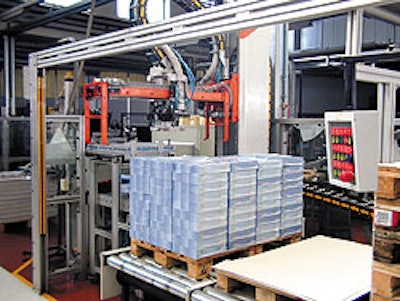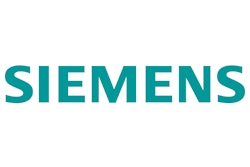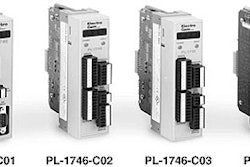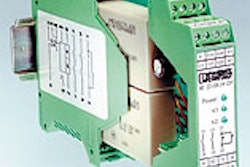At label converter Grafiche Gelmini in Milan, Italy, greatly improved access to production data is the chief benefit being enjoyed since a new breed of programmable logic controller with an integrated communications processor was installed at the plant.
Founded in 1927, Gelmini manufactures a variety of printed products, but a central focus is paper and film labels for all manner of bottles and cans. A total of six sheet-fed offset presses are used for printing. The printed sheets are then precisely cut, boxed, wrapped, and palletized—all of it automatically.
Management is able to control and monitor the entire production sequence from inside a central control room. The network technology that used to make this possible relied on a system of central servers. These servers collected production data locally from the various PLCs on board individual machines and then made the data available to a whole host of client PCs via the company-wide local area network (LAN).
Unfortunately, the client PCs in this arrangement required customized software to communicate with the central servers. This need for customization required programming specialists, and with programming specialists comes high costs, not only at startup but each time an update is required, too.
A second drawback inherent in this networking technology was that information was never delivered in a graphical format. “It was all written data, no visuals,” says company owner, Diego Gelmini.
Finally, with the old network it was impossible to access production data via the Internet through standard Web browsers such as Internet Explorer or Netscape Communicator. Similarly, the old setup precluded the use of e-mail to automatically inform operators, service technicians, and other authorized individuals should a fault occur.
New PLC
To address its information-technology shortcomings, Gelmini installed the newest generation of S7-400 PLC from Siemens Energy & Automation (Alpharetta, GA). Its integrated communications processor gives it full e-mail and Internet functionality, because the communications processor is an independent Web server that is accessible from any conventional PC in the Gelmini network via a standard browser. This means production data can be accessed freely from just about anyplace via password-protected HTML pages.
“With this system of plant supervision, we can see the entire production process on one page in HTML,” says Gelmini. “And it’s presented graphically, not just in lines of text or numbers. The previous system was all written data, no visuals. Now we see a drawing of the plant on the screen. If we want to see what the temperature of a heater on the press is, or if we want to know an ink level, we have a supervision system that makes it graphically visible to us.”
Gelmini also appreciates the e-mail functionality that comes with the newly installed networking technology.
“If there were a huge problem at the plant, the system would send e-mails to anyone whose help was required to solve the problem,” Gelmini explains. “But if it’s a more isolated and specific problem, the only one getting an e-mail would be the one responsible for solving that problem.”
Reminders about operating procedures can be built in, too, says Gelmini.
“For example, in the winter when it’s cold, the presses behave differently than they do in other seasons. So during winter the system sends an email to the people in charge of set-up to make sure they take this into account. Otherwise, the presses might not start up on time.”
Timeliness, says Gelmini, is what this new information technology is all about.
“It isn’t like we didn’t have a network before,” he observes. “We did. But with this one the data exchange is faster, and it comes in a graphic format that makes the information easier to process and understand. Plus we can now gain access to it on the Internet. I can know right away whatever I need to know through a standard Web browser.”
See sidebar to this article: Distributed data server



























